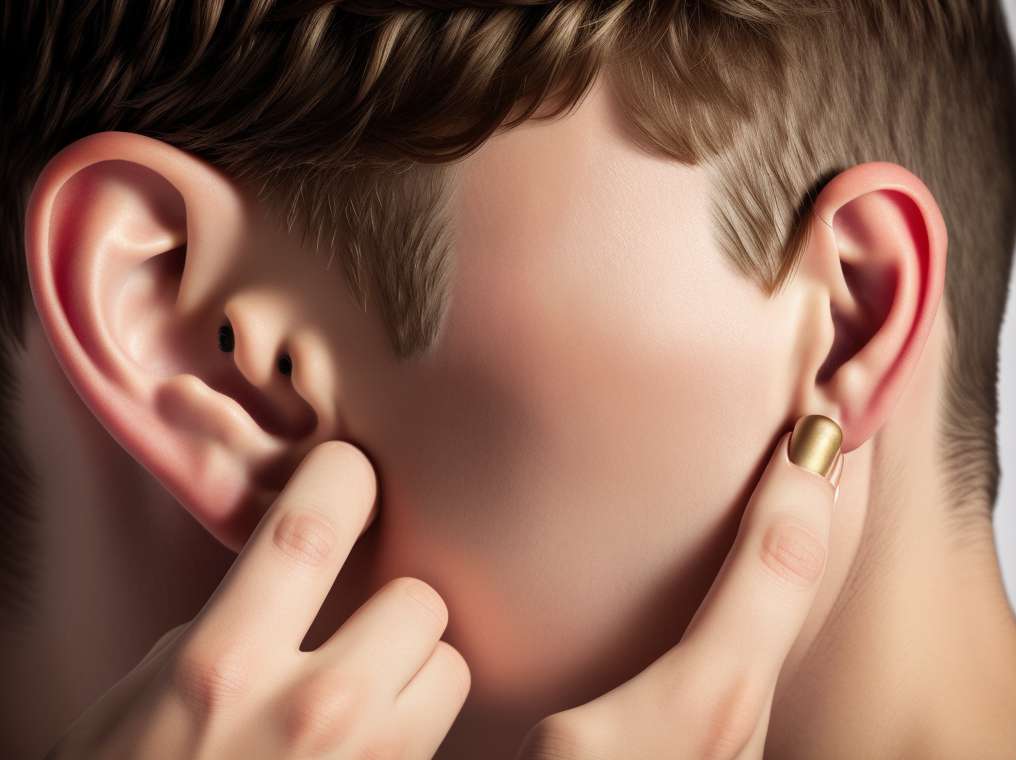1. You increase the risk of suffering a cerebrovascular event
April 2024

Beyond an aesthetic attribute or a body area for decoration with earrings, the ears have an indispensable auditory function for this purpose. In Mexico 400 children are born annually with a congenital malformation called microtia, which is the absence or almost no development of the ear, according to the Health Secretary.
However, today there may be a solution to this problem. A group of bioengineers and doctors from the Cornell University, United States , have created an artificial ear based on two major technologies: 3-D printing and tissue engineering.
To manufacture this artificial ear, the team, led by the specialist Lawrence Bonassar , had to start from the digital image of a human ear, which later became a model through a 3-D printer.
The model was filled with a high density gel that was developed by the same institution, which allowed to generate the perfect structure on which cartilage was grown with cells from the patient.
Microtia is a congenital defect characterized by the absence of any of the parts of the ear or ear complete, that is, the outer ear does not finish developing, which affects the middle ear canal or even the inner ear. The above can create serious hearing problems.
In addition to children with deformities, this advance in the regeneration of tissues and organs could be useful for people who suffer irreparable damage to the auricle.
Published in the magazine Plos One, the research indicates that the best time to implement ear It is between 5 and 6 years old. This advance seeks to avoid the reconstruction process that can be long and painful, and require several surgeries.
Follow us at @GetQoralHealth, GetQoralHealth on Facebook, Pinterest and on YouTube